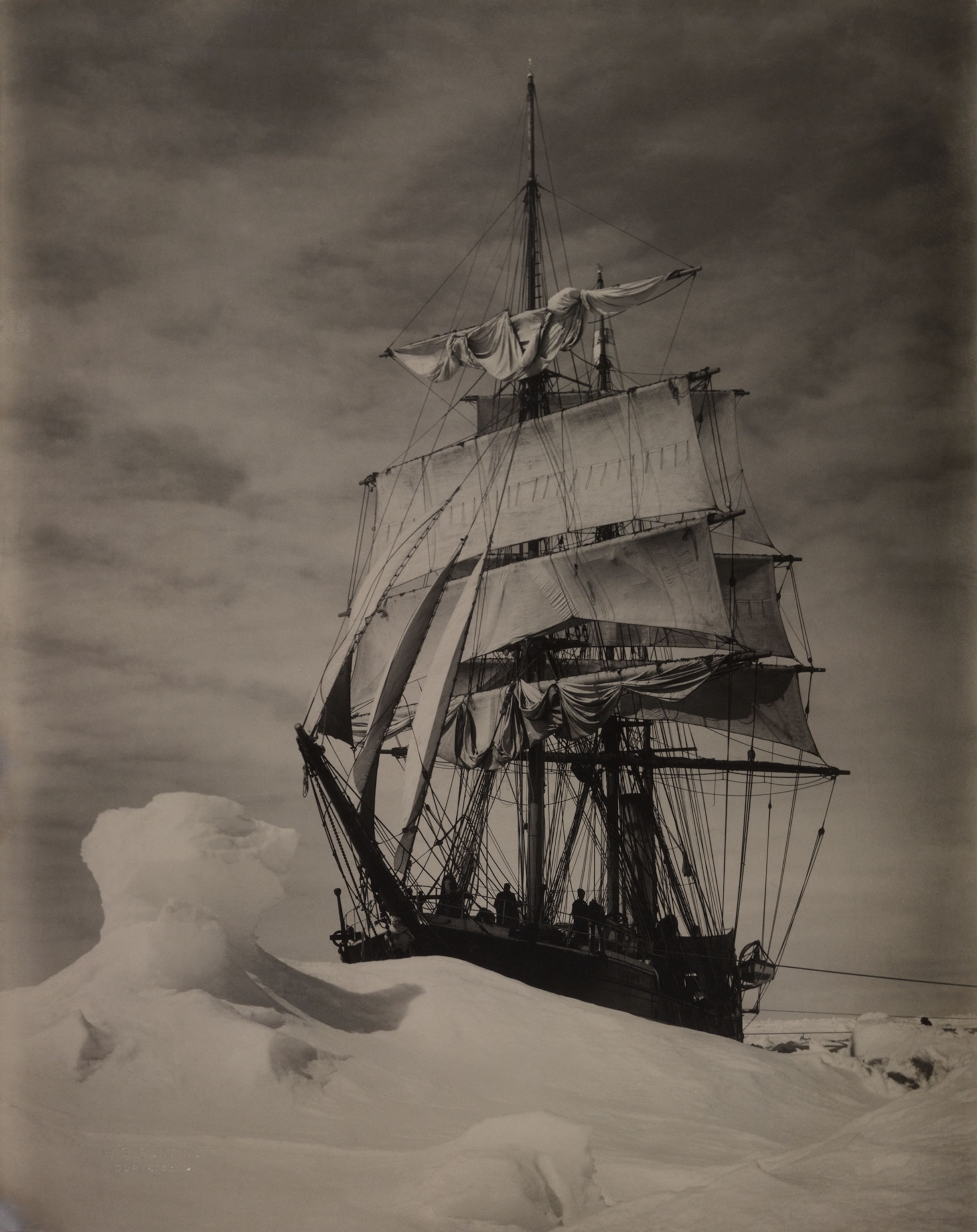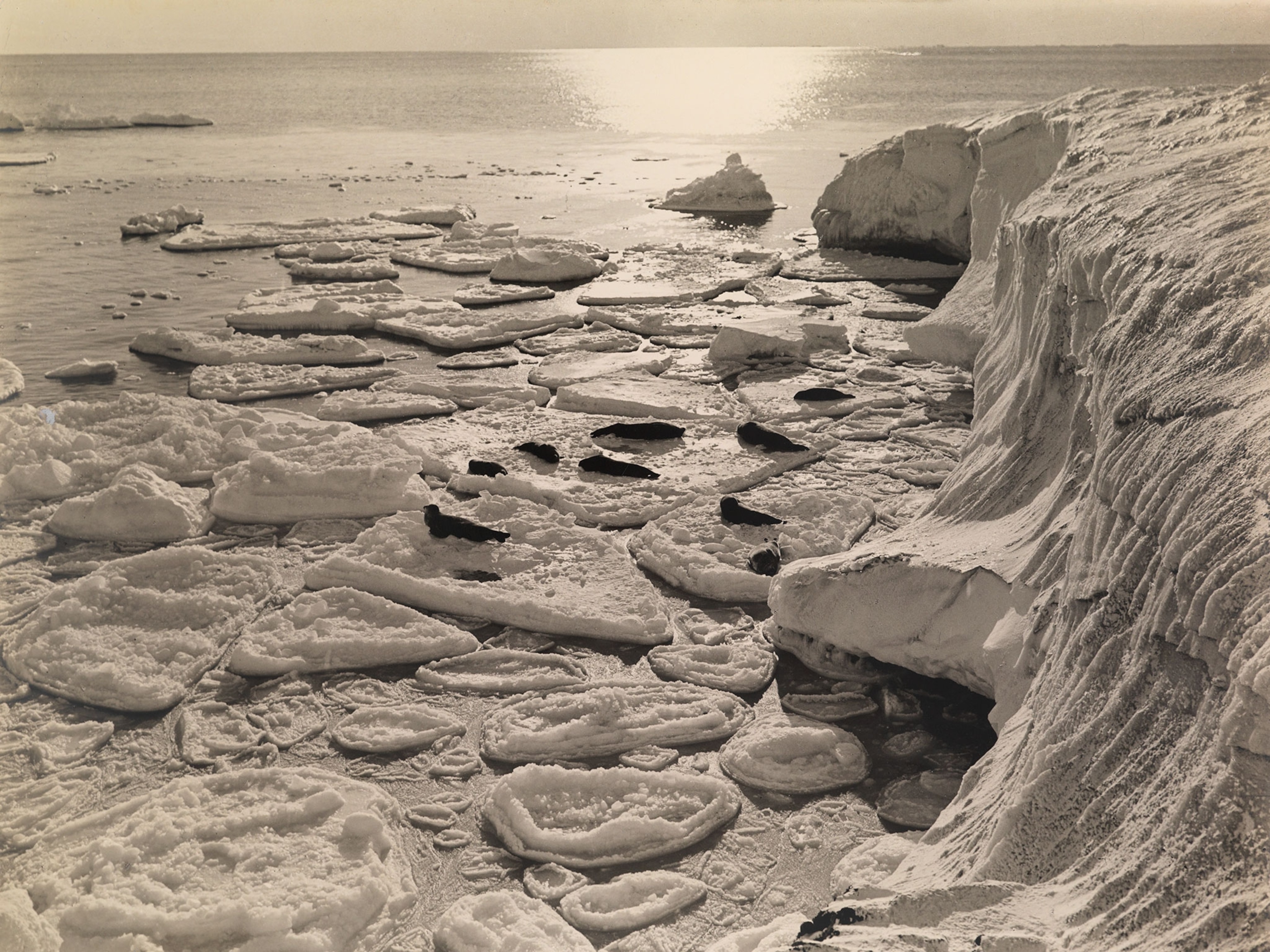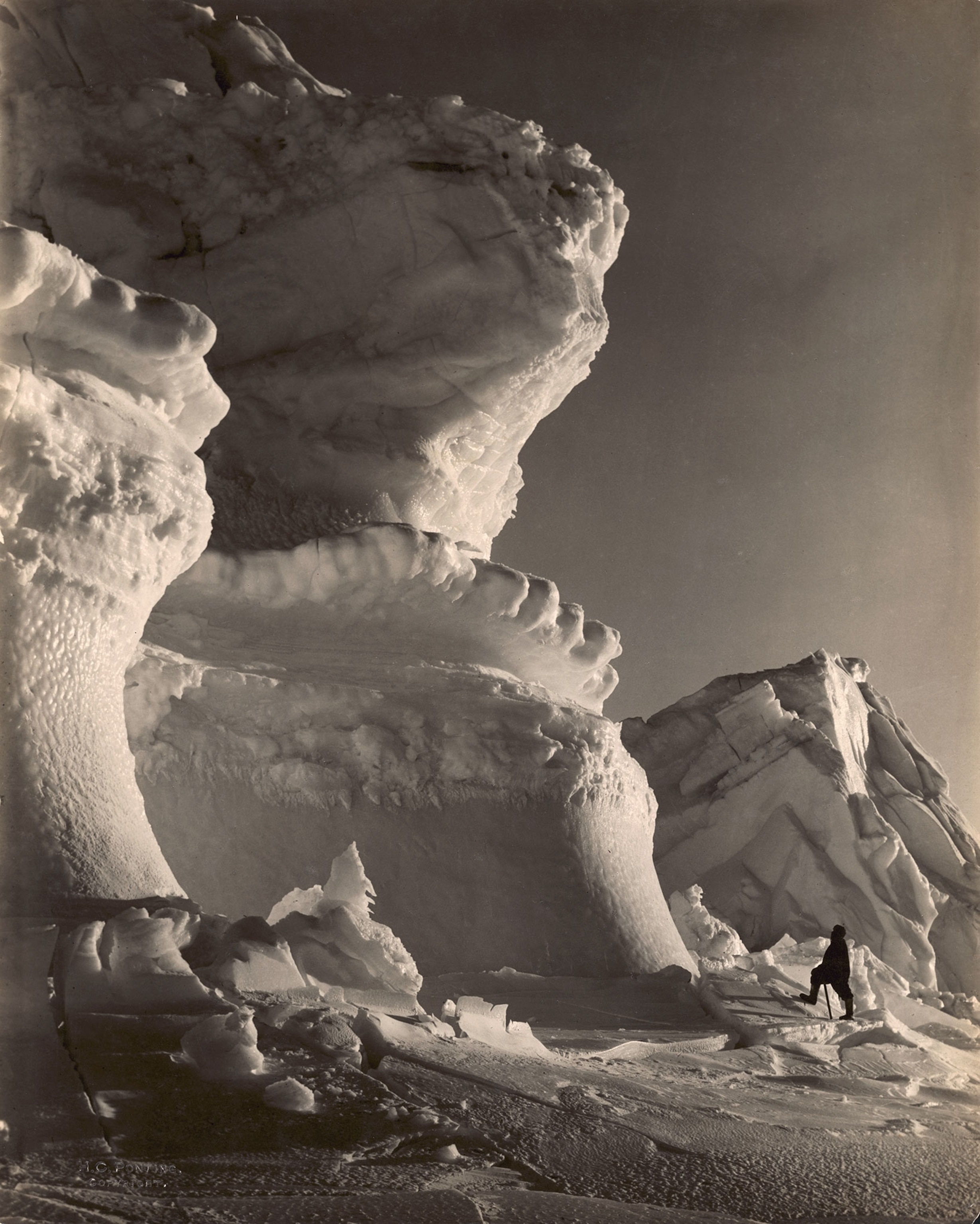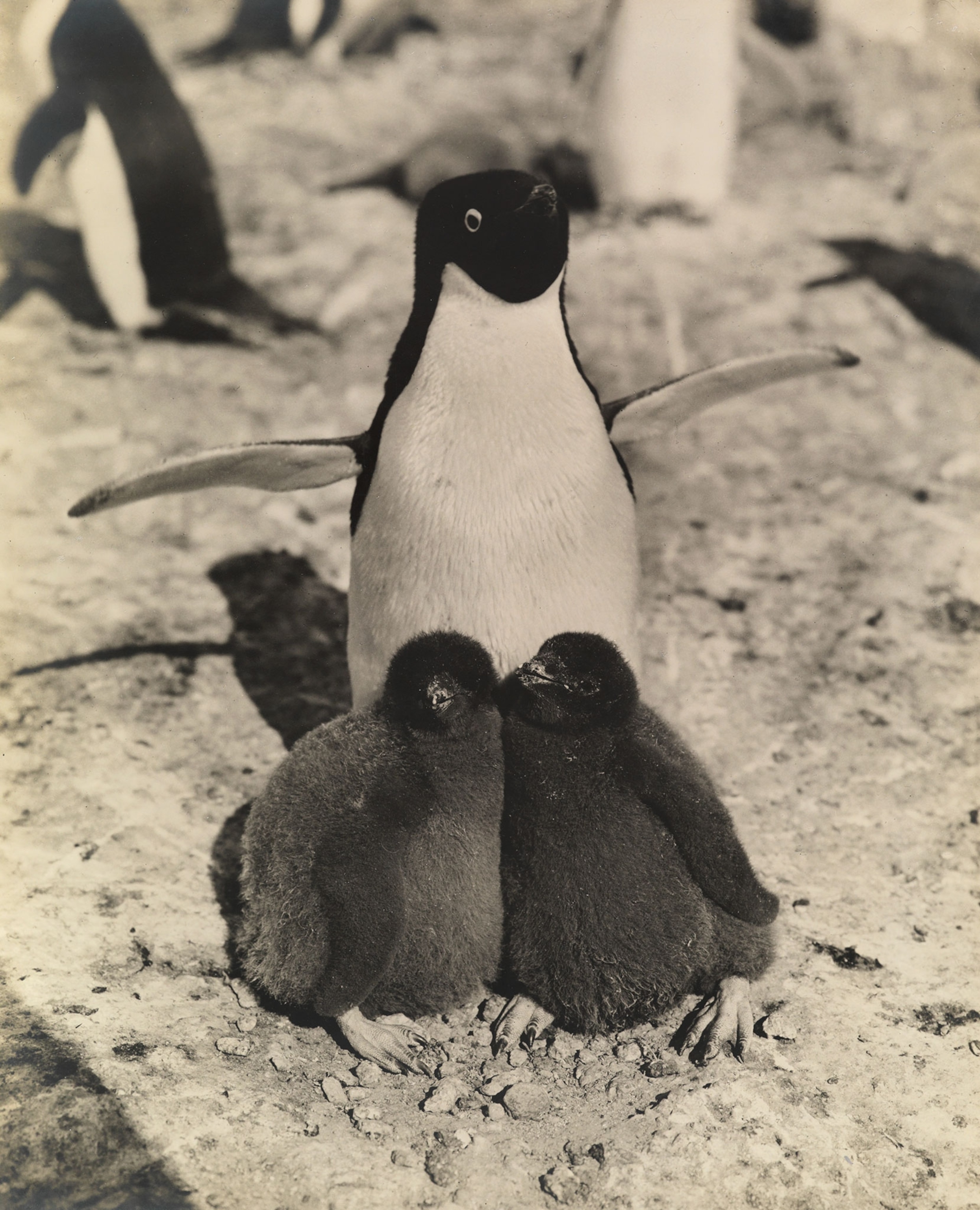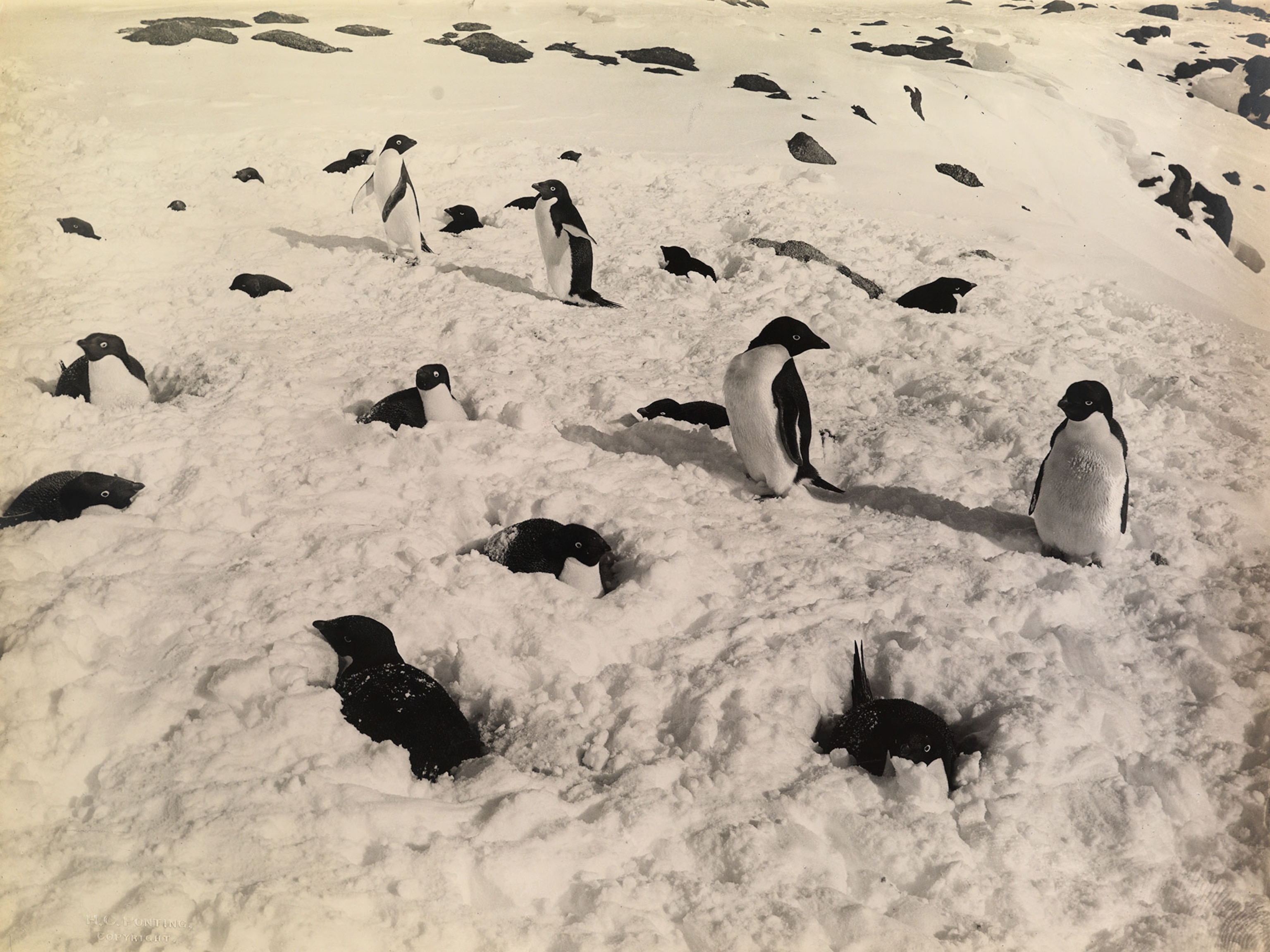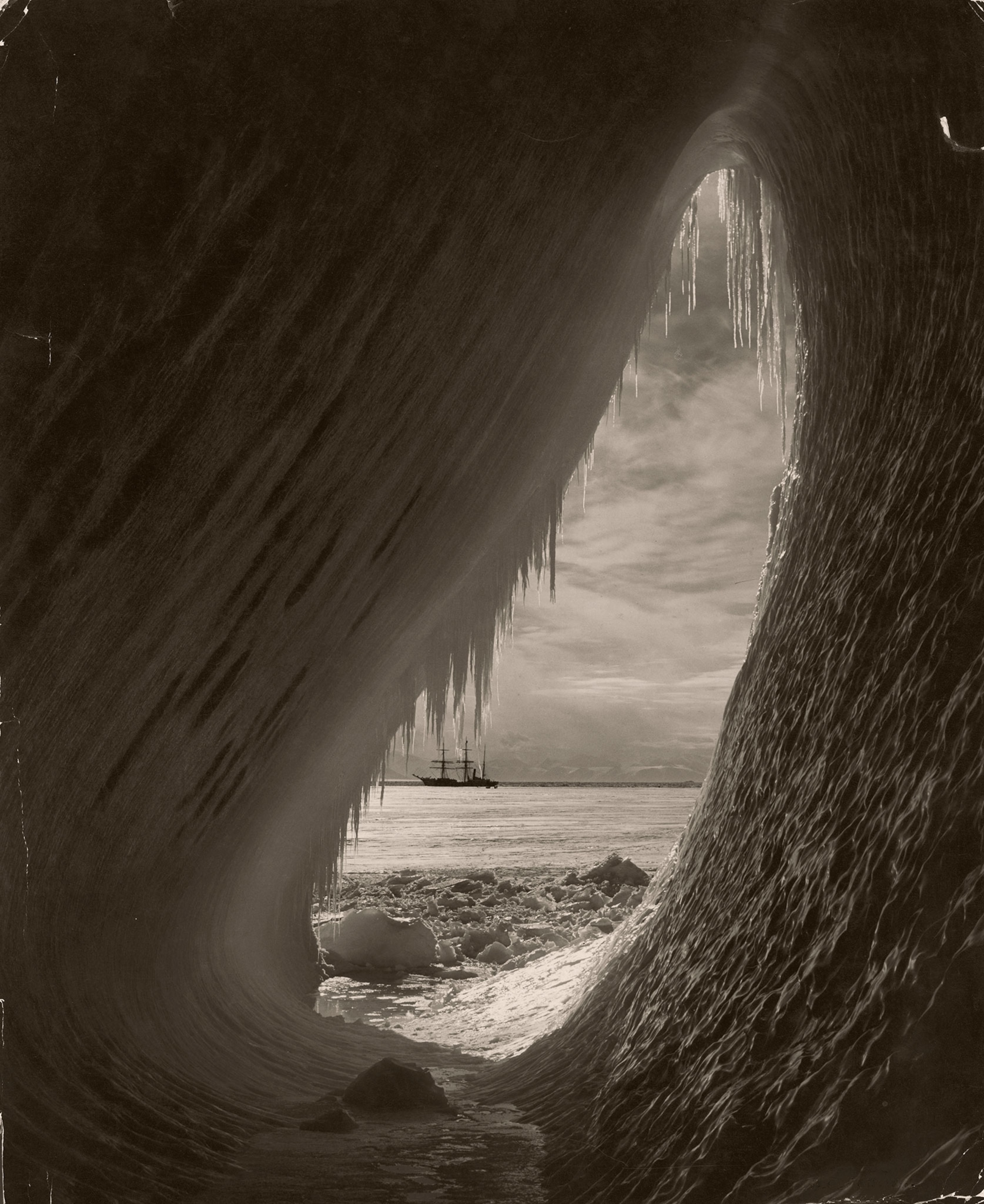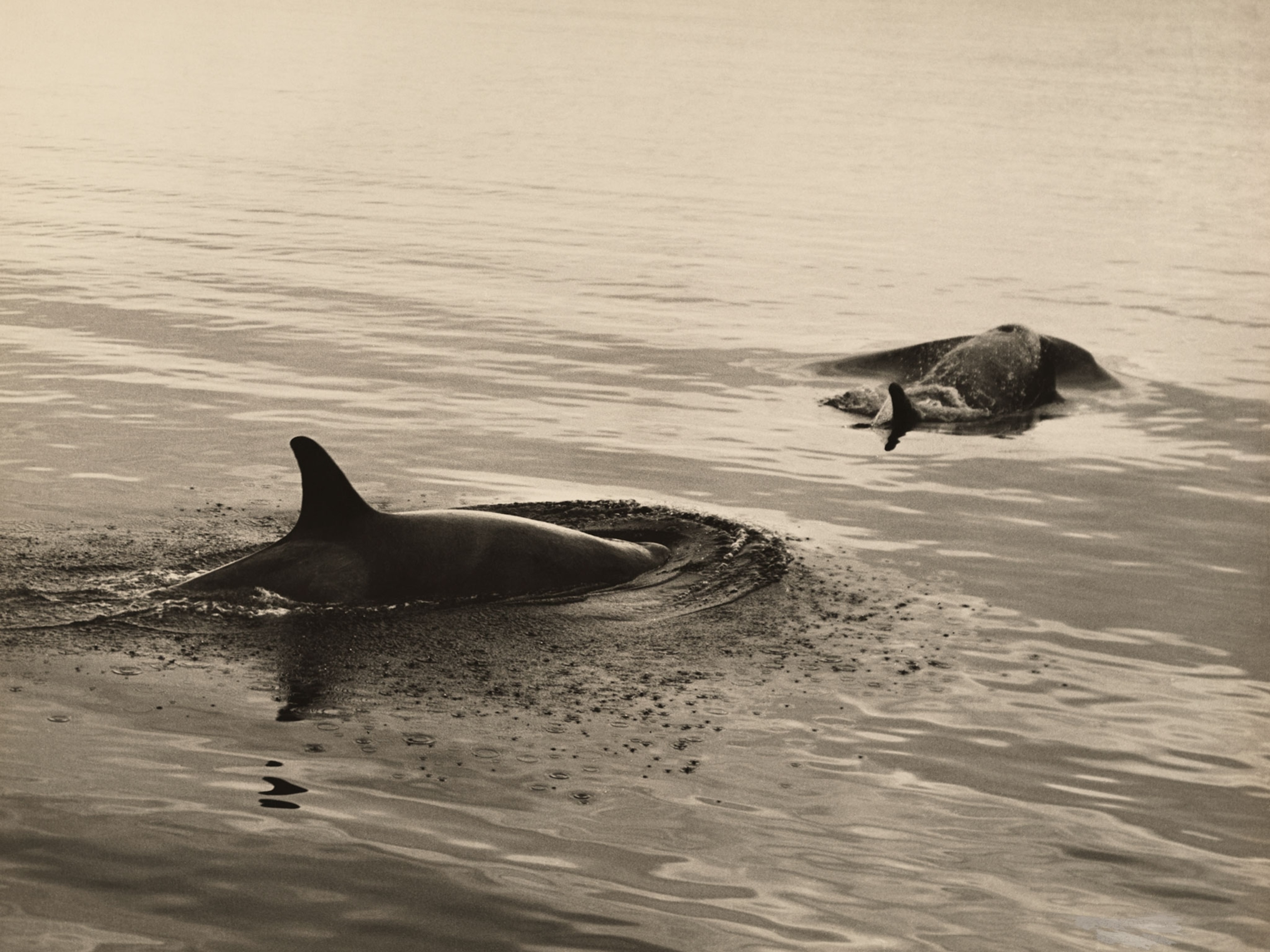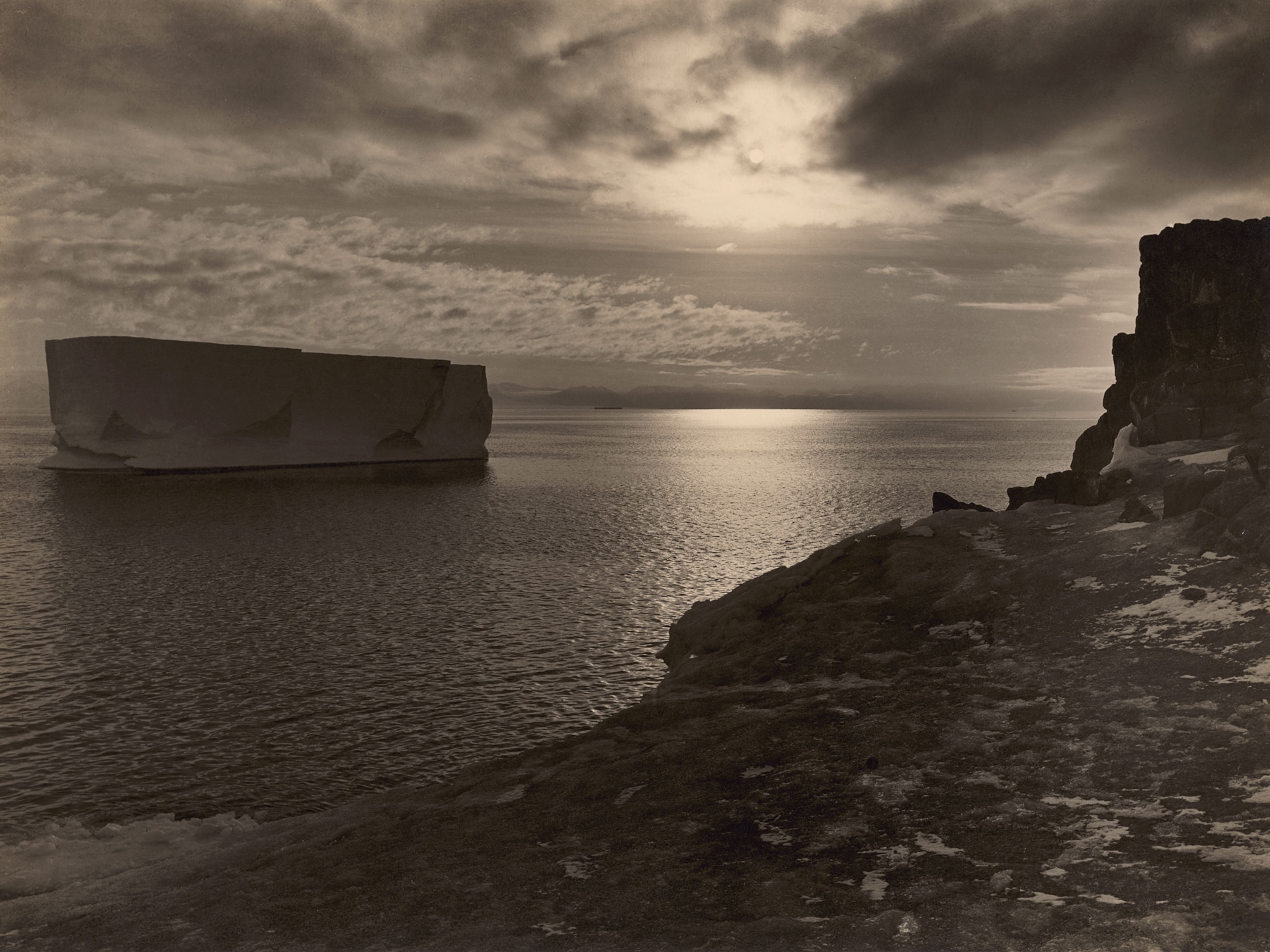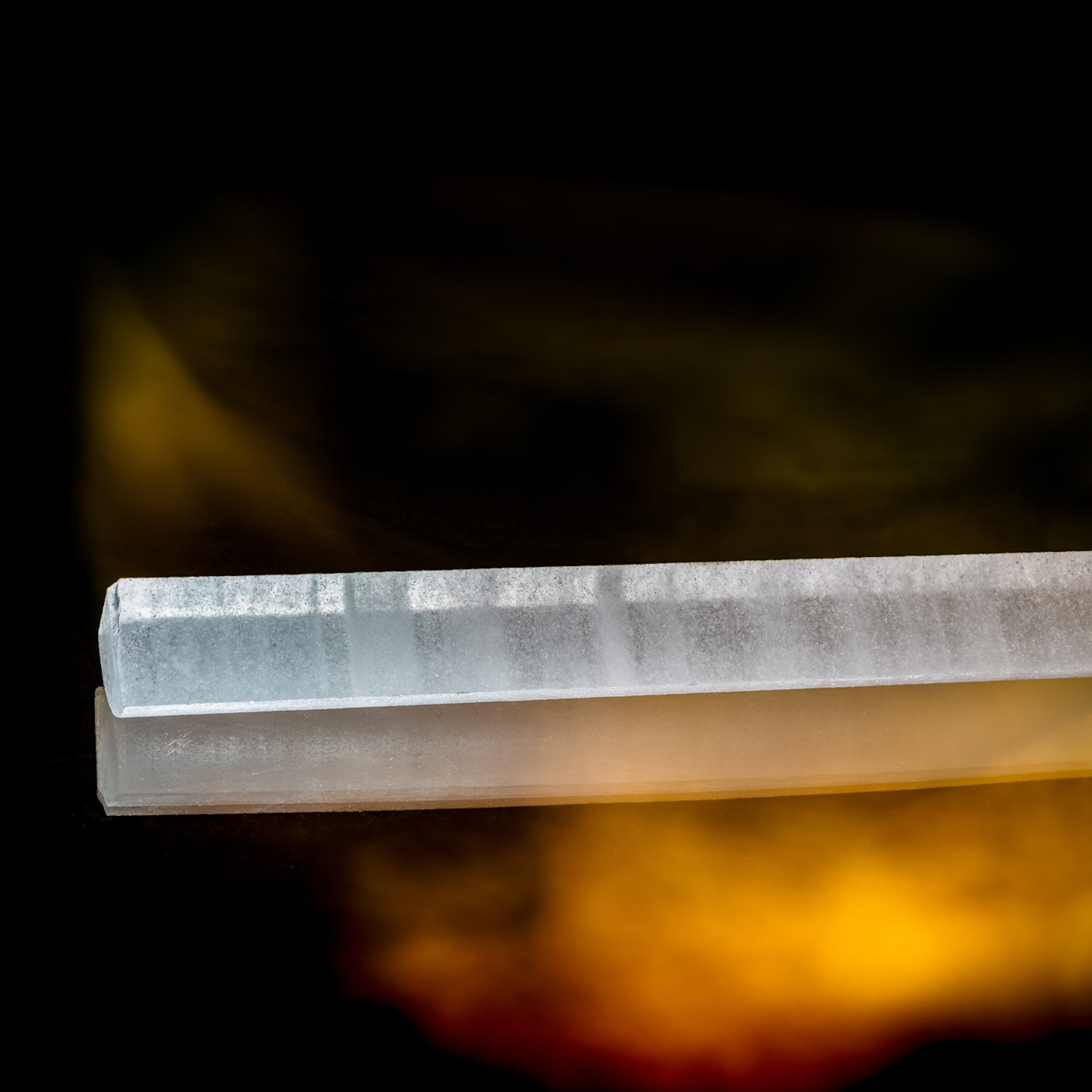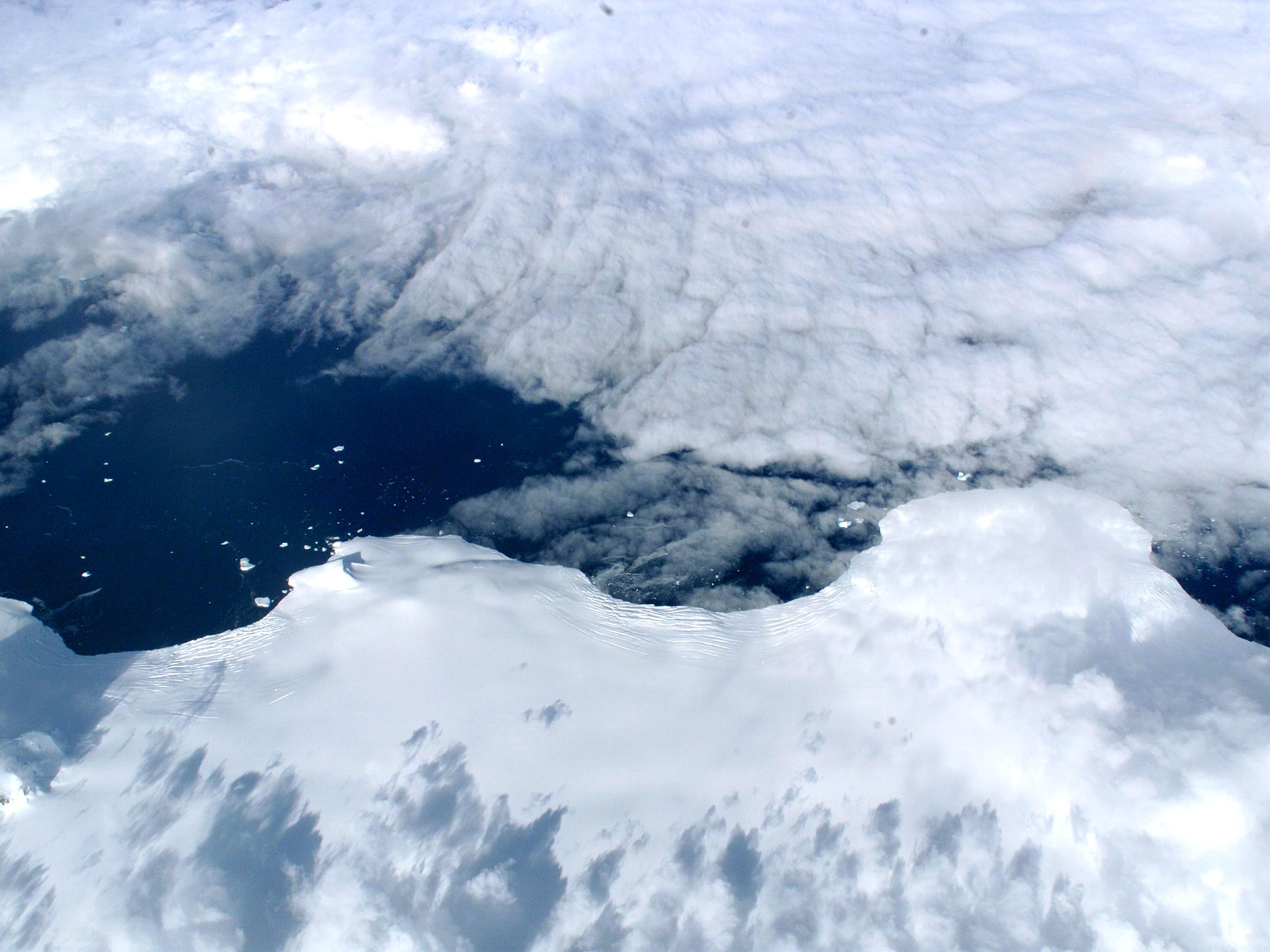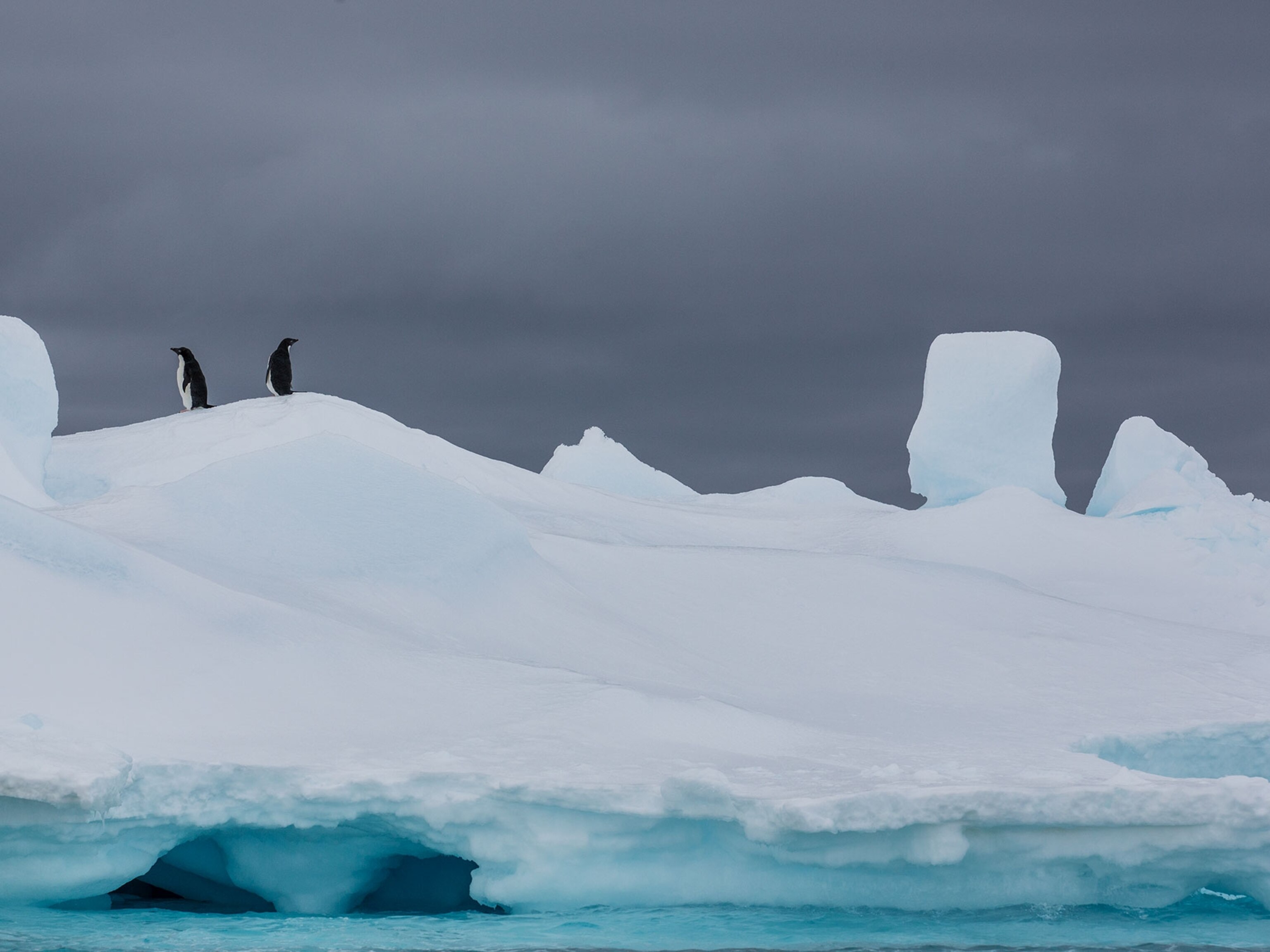Deep Bore Into Antarctica Finds Freezing Ice, Not Melting as Expected
Scientists will leave sensors in the hole to better understand the long-term changes in the ice, which may have big implications for global sea level.
Scientists have peered into one of the least-explored swaths of ocean on Earth, a vast region located off the coast of West Antarctica. It is locked beneath a crust of ice larger than Spain and more than 1,000 feet thick, making its waters perpetually dark—and extremely difficult for humans to access. Now, a team of researchers has bored a hole through the ice and sampled the ocean beneath it. Their work could shed light on a poorly understood, but ominous episode in Antarctica’s recent past.
A team of scientists from New Zealand began this two-month expedition in November. A ski-mounted Twin Otter aircraft ferried them 220 miles from the nearest base, landing near the middle of the Ross Ice Shelf—the massive slab of ice and snow, as flat and empty as a prairie, that hangs off the coastline of West Antarctica and floats on the ocean. Amid the glow of 24-hour summer sunlight filtering down through fog, they assembled an automobile-sized contraption of pipes, hoses, and boilers. (See more of the world below Antarctic ice.)
This machine generated a powerful jet of hot water, which they used to melt two narrow holes, each a few inches across, more than 1,100 feet down to the bottom of the ice. They then lowered cameras and other instruments through the holes, into the waters below. In doing so, they hoped to answer a question of worldwide importance: just how secure is the ice of West Antarctica?
The West Antarctic Ice Sheet is up to 10,000 feet thick in some places. It sits in a broad, low bowl that dips thousands of feet below sea level—making it vulnerable to deep, warm ocean currents that are already nipping at its outer edges. It is stabilized, at least for the time being, by a phalanx of floating ice shelves, that hang off its outer edges—of which the Ross Ice Shelf is by far the largest. Those floating shelves provide a buttress; they “are holding back a very big amount of ice,” says Craig Stevens, an oceanographer from the National Institute of Water and Atmospheric Research in New Zealand, who participated in the expedition.
Global sea levels would rise by 10 feet if West Antarctica lost these crucial stabilizers and spilled its ice into the ocean. Scientists fear that some of these ice shelves are already weakening. Stevens and his colleagues hoped to assess the health of the Ross Ice Shelf by measuring water temperatures and ocean currents beneath it—thereby determining how quickly ice is melting off its underside. (See what would happen if all the world’s ice melted.)
Surprising Finds
The surprises began almost as soon as a camera was lowered into the first borehole, around December 1. The undersides of ice shelves are usually smooth due to gradual melting. But as the camera passed through the bottom of the hole, it showed the underside of the ice adorned with a glittering layer of flat ice crystals—like a jumble of snowflakes—evidence that in this particular place, sea water is actually freezing onto the base of the ice instead of melting it.
“It blew our minds,” says Christina Hulbe, a glaciologist from the University of Otago in New Zealand, who co-led the expedition. The Ross Ice Shelf is considered more stable, at present, than many of West Antarctica’s other floating shelves—and this observation could help explain that: if a few inches of sea water periodically freezes onto the bottom of its ice, this could buffer it from thinning more rapidly.
The new holes drilled through the Ross Ice Shelf also provide a more general window into the unknown. Under the ice shelf “is a huge amount of ocean, it’s the volume of the North Sea” between England and Norway, says Hulbe, “and there are almost no measurements” there.
Only twice before have humans pierced the deep interior of the Ross Ice Shelf to study its underlying ocean. In 1977, researchers drilled through the ice shelf 300 miles in from its seaward edge (about 80 miles inland from the current holes), and in 2015 a team drilled through the back corner of the ice shelf, 500 miles in from its seaward edge. Those studies provided only brief glimpses of how deep, warm water circulates under the ice shelf, covering a few hours or days.
Looking to the Future
This time around, the New Zealand team installed instruments in one of their holes that will monitor ocean currents and water temperatures under the ice for the next two years or so, beaming that information home via satellite link. It’s important to understand these currents, says Stevens, because “if we get the circulation wrong, then we’re getting the melting wrong.”
The new project could also cast light on some lingering suspicions—that even though the Ross Ice Shelf seems stable today, it has actually undergone some dramatic collapses in the recent past. (Learn about the Maine-size hole in Antarctica.)
Reed Scherer made this discovery back in 1998 while studying mud that had been plucked from beneath the West Antarctic Ice Sheet, through another borehole, 100 miles inland from the back edge of the ice shelf.
Scherer, a micro-paleontologist now at Northern Illinois University in DeKalb, found this subglacial mud chockablock full of microscopic diatom shells—beautiful glassy objects, reminiscent of fine vases. They were the ancient remains of photosynthetic organisms that had once lived in the sea before dying and settling to the bottom.
Some of those dead diatoms were only a few hundred thousand years old, leading Scherer to an astounding conclusion: this area, now covered by 3,000 feet of ice, had recently been open sea, bathed in life-sustaining sunlight that could support the diatoms’ growth. This suggested that the entire Ross Ice Shelf, and much of the ice behind it, had collapsed.
The Ross Ice Shelf “has come and gone probably many times in the last million years,” says Scherer. It likely collapsed during a warm period 400,000 years ago. But he believes it could also have collapsed as recently as 120,000 years ago, the last time that temperatures were about as warm as they are today.
The New Zealanders’ project could shed light on this question. One day in December, a cylinder dripping with gray gleaming mud was hoisted out of the borehole, into the bright summer sun—a core plucked from the sea floor, 2,400 feet beneath the drill site. As the scientists analyze that mud, it may yield more diatoms. And that could provide another chance to investigate when this area was free of ice in the past, says Scherer: “I’m very interested to see what the Kiwis find.”


